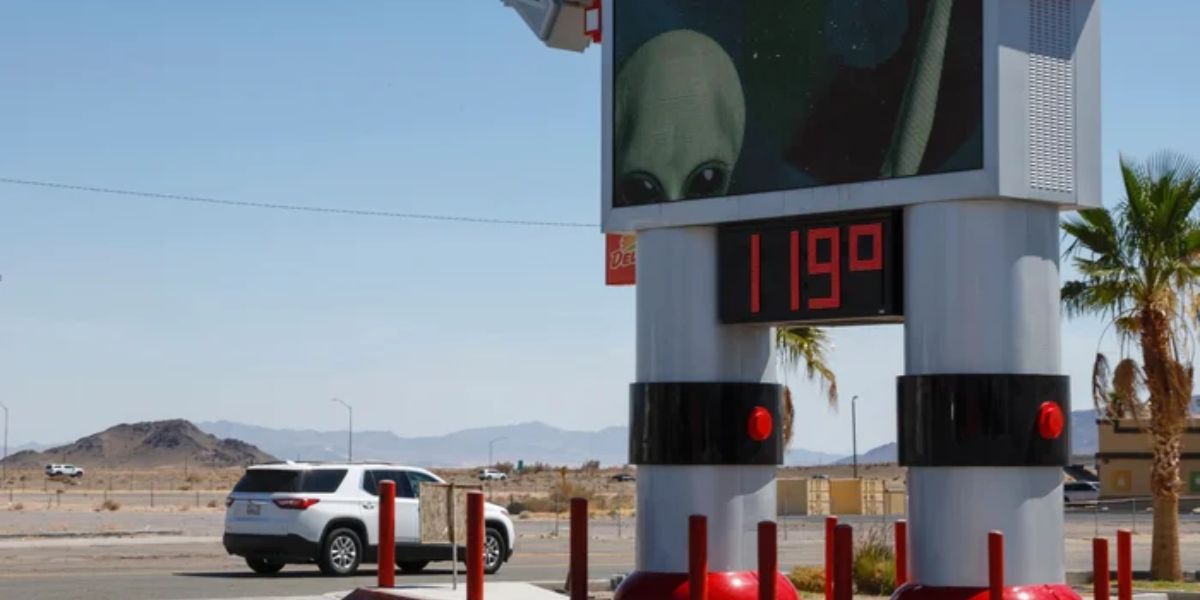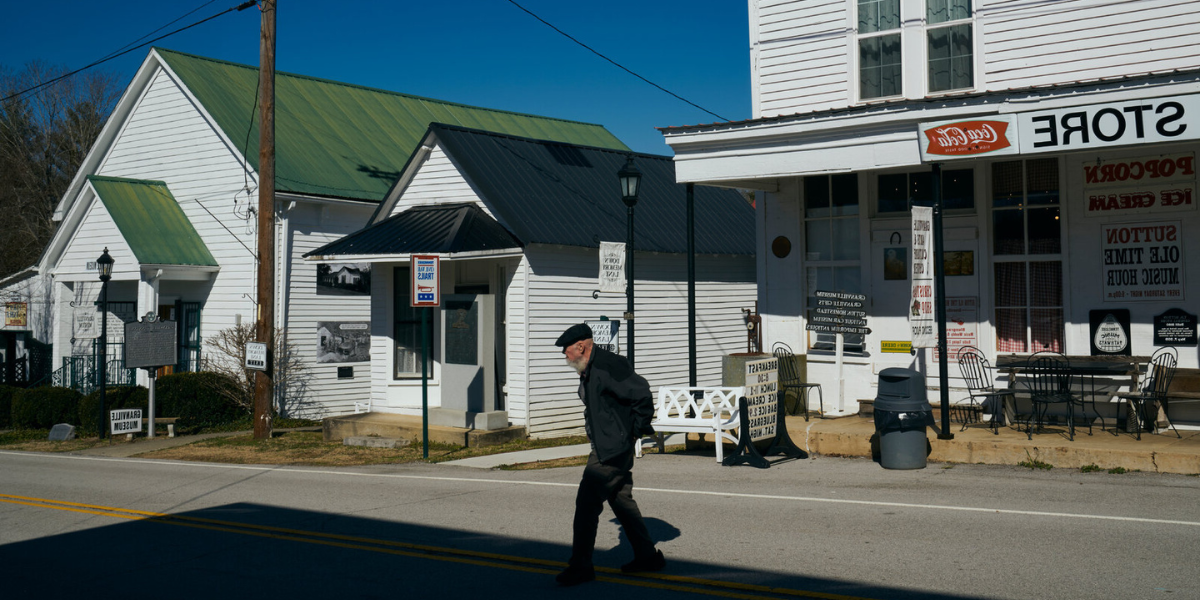Heatwave impacts 31 million in California, Nevada, and Arizona; Los Angeles braces for 119°
Public health officials issued warnings and several schools closed earlier Friday due to a string of extremely hot temperatures in Southern California, which was part of a bigger heat wave that was affecting three states in the southwestern United States.
As temperatures skyrocketed on Friday, forecasters issued an excessive heat warning to more than 31 million people in Arizona, Nevada, and California, according to the National Weather Service. After extending an earlier warning that was meant to end Friday, forecasters expect the advisory in Southern California to remain in effect until Monday night.
With air quality regulators warning of unhealthy breathing conditions linked to the heat, residents of the region endured temperatures well into the triple digits, with some Los Angeles area schools ending classes early due to the weather and power outages. Temperatures ranged from 119 degrees in Woodland Hills to 115 degrees in Riverside. Due to equipment failure caused by the excessive heat, rolling outages were imposed in Pasadena.
Additionally, Friday was the hottest day ever recorded in several cities.
A heat advisory is in effect from the southernmost tip of Central California all the way down to the border between the United States and Mexico in Southern California. The weather service has issued a warning about “dangerously hot conditions.” A less severe heat advisory is also in effect for northern California, indicating warmer-than-usual weather.
Red flag warnings have been issued by meteorologists in Ventura, Santa Barbara, and sections of Los Angeles counties owing to the high probability of wildfires starting and spreading rapidly in the arid, hot weather. Those living in high-risk regions are being advised to prepare to leave immediately. A wildfire in San Bernardino County began the previous day and has already grown to over 1,100 acres, prompting evacuation orders.
Heat waves are predicted to persist over the weekend, prompting public health officials in Los Angeles County to make a statement on Friday.
“As temperatures are forecast to continue to soar into the triple digits, the Los Angeles County Department of Public Health urges residents to take precautions to avoid heat-related illnesses such as heat exhaustion, heat stroke and heat cramps,” said Dr. Anish Mahajan, chief deputy director of the health department.
The elderly, children, pregnant women, and those with preexisting health concerns are particularly at risk during heat waves, as are athletes and people whose jobs require them to spend extended hours outside, according to Mahajan.
“Workers who are working outside are at really high risk of heat-related illnesses,” Mahajan said, explaining that employers are legally required to provide workers at outdoor job sites with shade when temperatures exceed 80 degrees.
A construction worker was buried within an 8-foot deep trench, with soil reaching up to his shoulders, in the Los Feliz section of Los Angeles. Firefighters spent nearly six hours laboring to rescue him as the temperature hit 103 degrees on Thursday.
The worker was left in bad condition and had to be evacuated to a hospital after being buried underground in the scorching heat for hours; two firefighters were treated for heat exhaustion, with one of them being brought to a hospital.
At the same time, the general public is understandably worried about the air quality as a result of the heat wave.
In Orange, Los Angeles, San Bernardino, and Riverside counties, there is a worrying amount of ozone pollution, more precisely “ground-level ozone” that forms when pollution gasses react with sunlight to create ozone smog. This is according to the South Coast Air Quality Management District. An ozone advisory was issued by the regulator and will be in place until Monday at 8 p.m.
Due to the bad air quality, people are being advised to remain indoors, refrain from physical activity, and save energy. The American Lung Association warns of potential health problems including wheezing, coughing, and shortness of breath, in addition to more significant long-term consequences.




